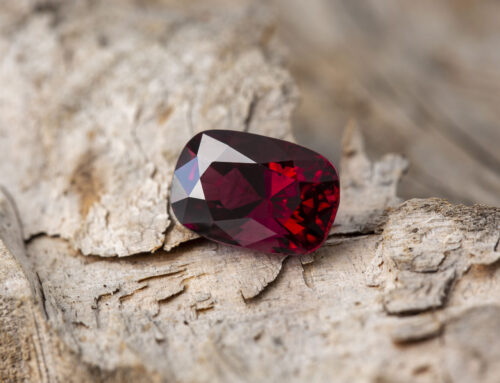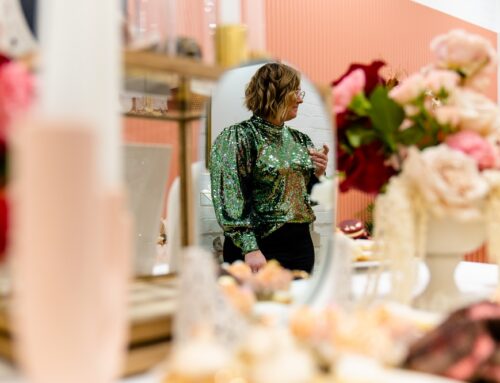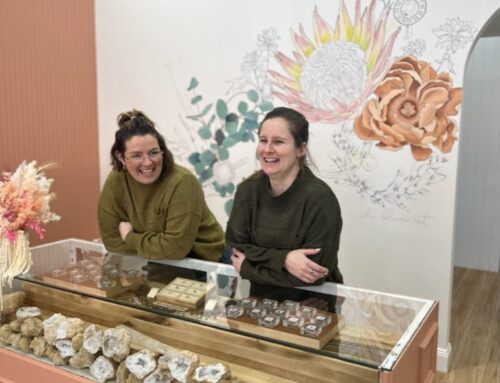In early 2019 I was addicted to gemstones. I couldn’t get enough of them- I’d spend countless hours at Nicole’s shop making educated guesses on what they were. Examining these little shiny rocks gave me joy. One afternoon Nicole suggested that maybe I should investigate studying gemmology. I’d never heard of it – apparently there was a career in which I could spend my days looking at gemstones!
Excited, I went home and did some research, and then applied to study with the Gemmological Association of Australia. I had just missed the intake for that year, so it was a very long 10 months of waiting for 2020 so I could start studying. February 2020 rolled around, and I finally started the course. Well… we all know what happened come March 2020. The course was put on hold, and all students were given the choice to ‘wait and see’, or to get a full refund. During this time, I found out that The Gemmological Association of Great Britain (Gem-A) was still teaching their course via distance. So, I jumped ships and started studying with them in June 2020. I’m proud to say that now, two years later, I am a fully qualified gemmologist with Gem-A.
The course was extremely fulfilling, but also very challenging. We were expected to have a good grasp the chemistry and physics happening in gemstones, and I had never been one to understand or enjoy physics. The way light reacts and/or travels through a gemstone is an important concept to understand as we use different forms of light in nearly every test used to determine a gemstone’s identity. Chemical properties can be unique to a particular sort of stone too – some inclusions can even give an exact spot of origin. Then there’s a myriad of other tests where we use different equipment to determine identity. If you then consider how many different sorts of gems there are, both natural and synthetic, you can see how the amount of information you are expected to remember is immense.
My favourite part of the course was our written assessment; we chose a topic and wrote a 2000-word essay with a focus on using our gemmological knowledge. Coming from a museum background before NVJ, I had always had an interest in historical jewellery pieces. I did some research into famous pieces and came across the Dresden Green Diamond. The Dresden Green Diamond is the largest natural green diamond in the world and is captivating in both its size and history. Natural green diamonds are super interesting in themselves too, so I now have an appreciation for how rare these gems are.
There’s no rest for the wicked- I am about to start a diploma in jewellery valuing so I can become a valuer. I am really excited that in about a years’ time I’ll be able to offer this service to the Northwest coast.
Thank you to everyone for supporting me on this journey – rock on!
Sarah xo



